Digitalization of Quality Control in Medical Writing: Advantages Digitalization brings for the critical aspects of Quality Control
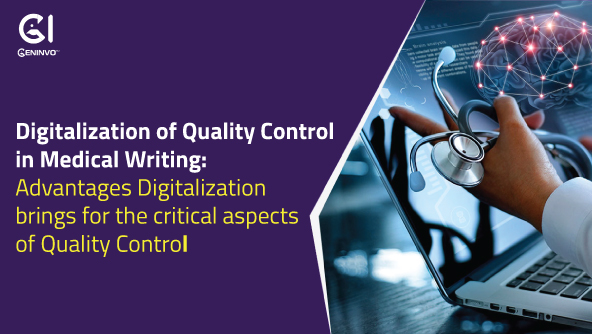
Quality control in medical writing is a critical aspect of ensuring the accuracy, clarity, and reliability of medical documents. It involves a systematic and rigorous review process to identify and correct errors, inconsistencies, and deficiencies in the content. However, it is a time-consuming process involving multiple cycles of manual review of the medical documents. In […]
Importance of “Table, Listing and Figures” Automation in Clinical Trials
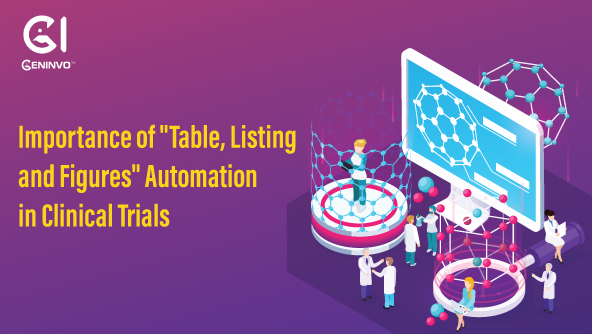
Tables, Listings, and Figures (TLFs) help to analyse and summarize datasets of a clinical study into an easily readable format. Statistical programmers along with inputs from biostatisticians create these TLFs. Once Lead statistician review/validate them, medical writers use the TLFs to create documents like clinical study reports (CSRs). Some TLFs are straight forward and easy […]
The “What” and “Why” of Clinical Data Anonymization

Clinical data anonymization is the process of transforming or modifying sensitive clinical-related information in a way that protects the privacy of individuals while still allowing for meaningful analysis and research. Here’s a closer look at the “What” and “Why” of clinical data anonymization: What is Clinical Data Anonymization? Clinical data anonymization involves applying various techniques […]
Medical Writer’s True AI Enabled Assistant
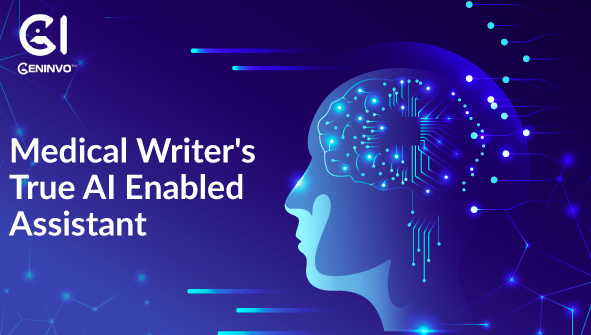
At GenInvo, our motive is to support pharmaceutical companies to bring life changing therapies into the market sooner so that patients can be benefitted as early as possible. As we know, there are several areas in clinical trials that requires tremendous manual efforts, and we are focussing on eradicating these manual efforts by developing the […]
Driving Innovation: Accelerating Standard Compliant Data Generation through AI and Machine Learning
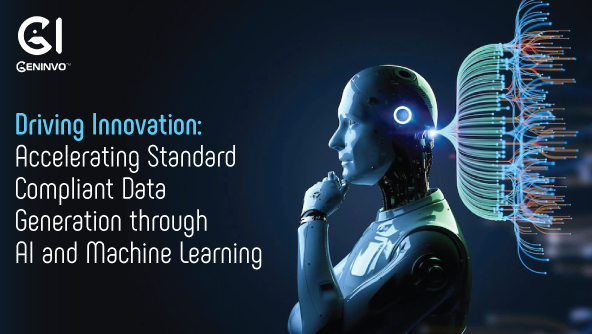
By Hitesh Raval, Principal Data Scientist & CDISC SME When submitting clinical trial data to regulatory agencies such as the FDA (U.S.) and PMDA (Japan), it is crucial to follow submission data standards, such as CDISC standards to ensure compliance. The manual mapping of data fields from a clinical trial database to the corresponding compliant […]
Journey from developer to innovator for generating clinical trial artifacts

By Amit Gupta, Technical Lead- Software Development My name is Amit Gupta, and currently I am working as a full stack developer and innovator at GenInvo for generating clinical trial artifacts with overall 10+ years of extensive IT experience. Interest in technology from the school days made me into the bachelor’s in computer science and […]
Emerging Challenges and Innovations in Data Anonymization
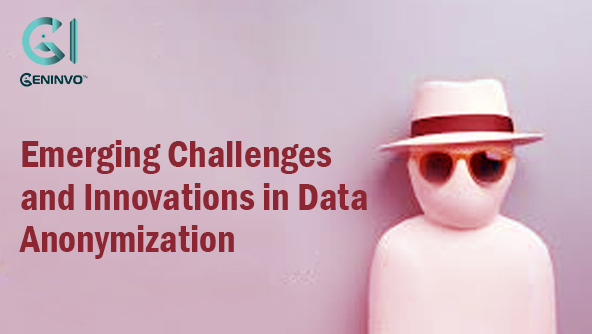
By Ramandeep Dhami, Business Manager While data anonymization is an essential technique for protecting privacy, there are several emerging challenges that need to be addressed: Re-identification attacks: As adversaries become more sophisticated, there is an increasing risk of re-identification attacks. Attackers can combine anonymized datasets with external information sources or use advanced techniques, such as […]
Data anonymization tools: What are they and how do they work.
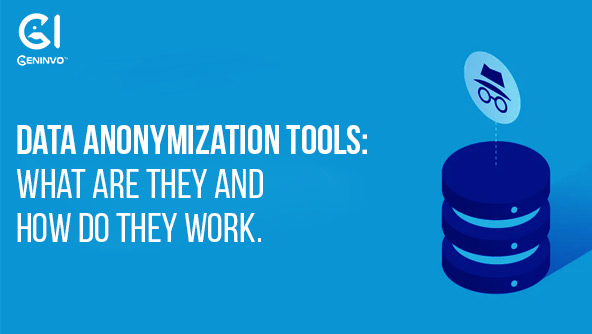
By Ramandeep Dhami, Business Manager Data anonymization tools are software applications or platforms designed to implement data anonymization techniques and protect sensitive information while preserving data utility. These tools automate the process of anonymizing datasets, making it easier for organizations to apply privacy measures to their data. Here’s how data anonymization tools work: Data discovery […]
Digitalization of Medical Writing: Balancing AI and Rule-based algorithms with Human Supervision in Medical Writing QC
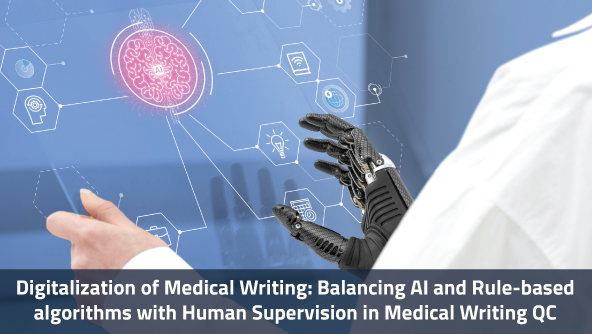
Introduction The digitalization of medical writing refers to using digital technologies and tools to create, edit, and review medical content. This includes various aspects of medical communication. In recent years, emergence of digitalization has led to a significant transformation int the field of medical writing. The integration of digital technologies and tools has revolutionized how […]
Pharmaceuticals/CRO’s reducing the time spent on data protection by 50% with the help of Anonymization tools.
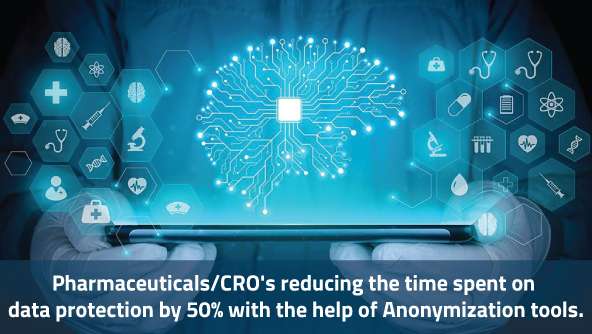
Pharmaceutical companies and Contract Research Organizations (CROs) are increasingly using anonymization tools to reduce the time spent on data protection. Anonymization is the process of protecting private or sensitive information by erasing or modifying personally identifiable information from datasets, documents and DICOM Images. while still maintaining the usefulness and integrity of the data for analysis […]



